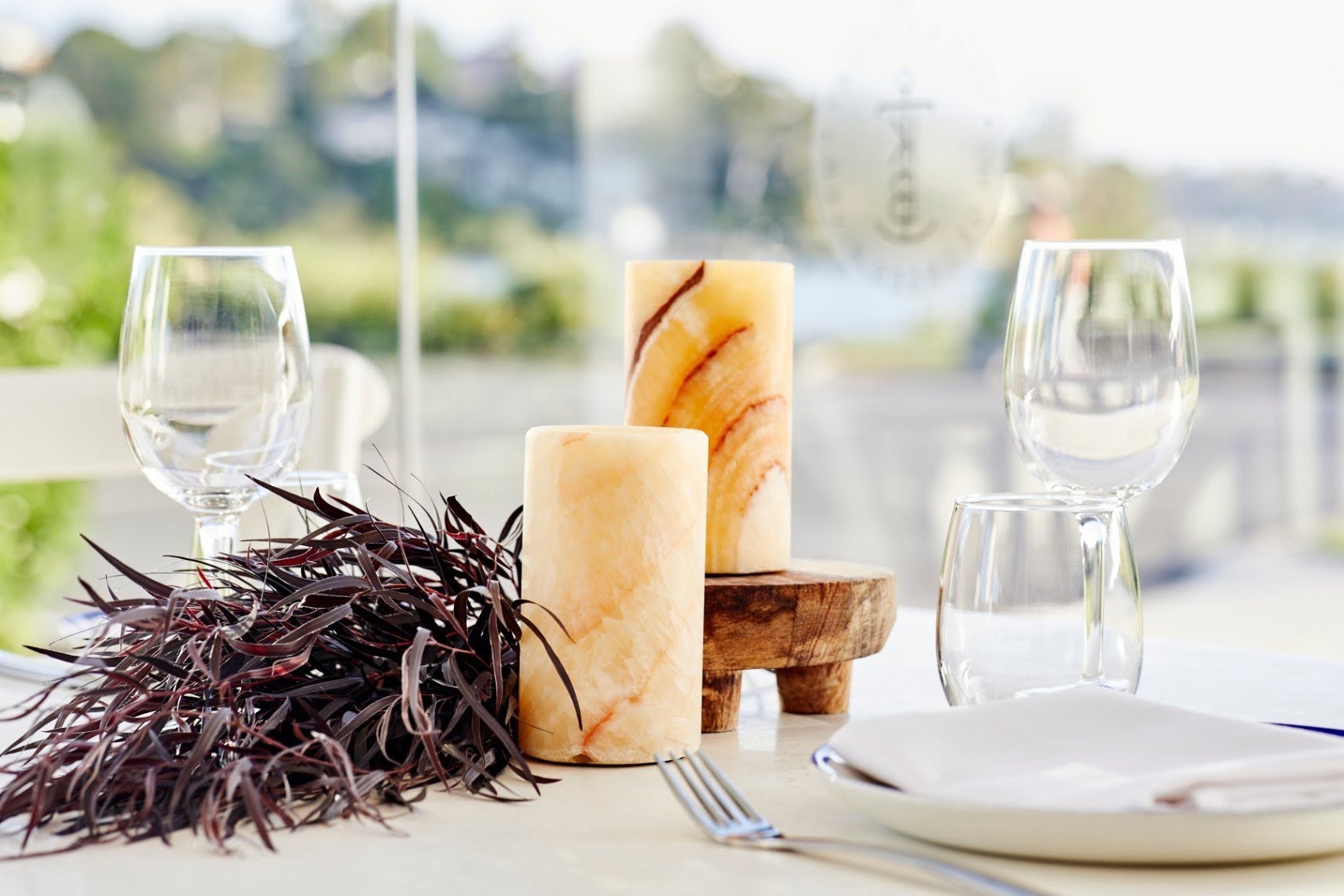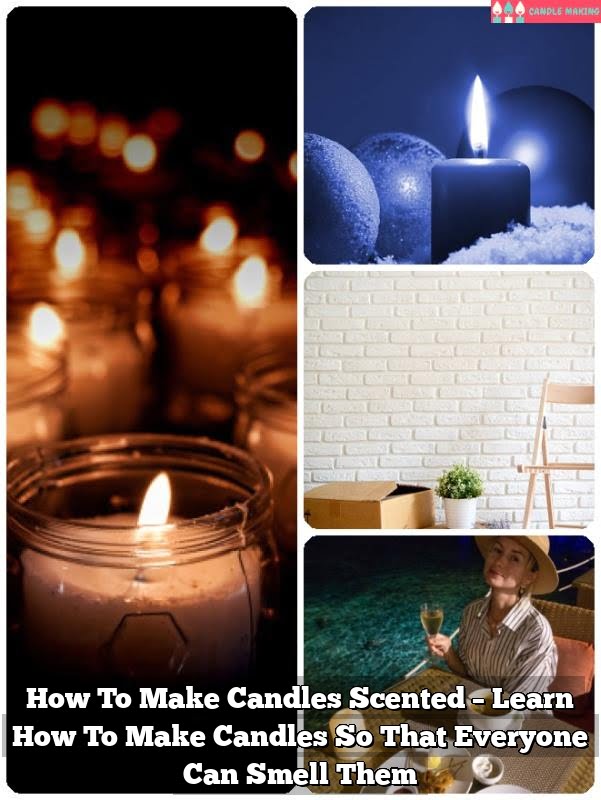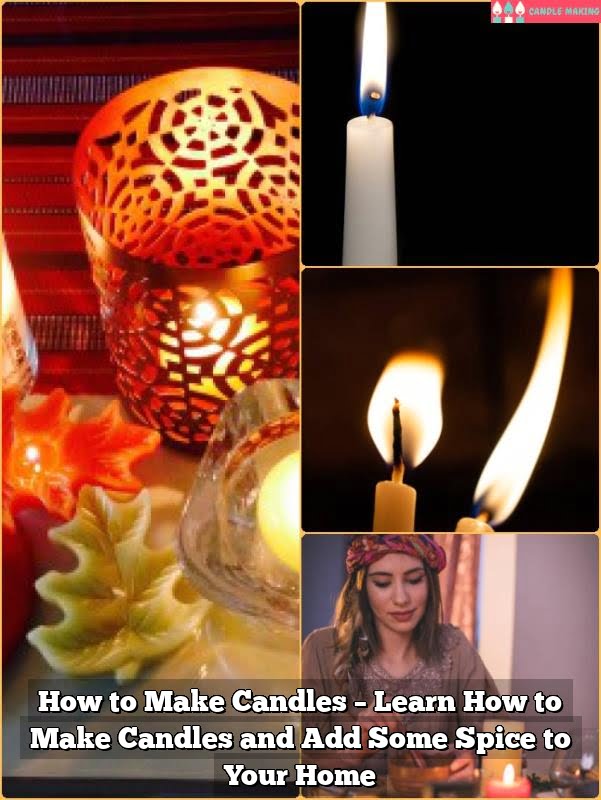Introduction
Making candles can be a fun and creative process that can also provide you with beautiful, custom-made products. Whether you’re making DIY decorations or creating something special for a gift, crafting your own candles is a great way to express yourself. Before you get started, however, it’s important to familiarize yourself with the different candlewax types available and their benefits.
There are several types of candlewax commonly used in candle-making. The most common type is paraffin wax, which is made from petroleum byproducts and easily melts when heated. It is often used for container candles because it has a pleasant scent when burned and holds its shape after being cooled. Another popular option is beeswax, which burns evenly and produces very little smoke or soot residue. This type of wax is generally more expensive than paraffin but has many natural benefits such as therapeutic qualities and antibacterial properties. Soy wax is growing in popularity due to its naturally-derived origin, long burning time, and ability to hold its fragrance well. Plant-based oil waxes like vegetable or soy are biodegradable and non-toxic, making them an eco-friendly choice for those looking to reduce their carbon footprint on the environment or have sensitivities to certain chemical ingredients found in other types of waxes.
Whatever type of wax you choose, DIY candlemaking offers numerous personalization possibilities as well as cost savings compared to store-bought options. With the right materials and know-how, anyone can make beautiful customized homemade candles that will add character to any room or occasion!
Gather Materials
Making candles is a fun and rewarding way to spend time, whether creating homemade gifts for friends and family, or discovering a craft that can be pursued for relaxation. Before getting started, you will need to gather essential tools and equipment. To begin, you will need wicks and wax, along with wax scents and colorants if desired. Alternatively, wax melts can also be used to make candles with the right equipment. For best results when making your own candles, you may also want to acquire measures of temperature accuracy like thermometers or heating equipment with adjustable temperature settings. Aside from these items, other necessary supplies include molds in various shapes and sizes; pouring pitchers; melting pots; stirring utensils like wooden spatulas; safety glasses and gloves; clips for holding wicks in place; as well as containers or tins for holding the finished product.
The best places to buy supplies for making candles depend on individual preferences and budget restrictions. Popular sources for candle-making materials include local craft stores that offer a wide array of products at varying price points; candle supply websites that specialize exclusively in candle-related items; as well as bulk retailers like Walmart who offer affordable items in large quantities. Additionally, many suppliers offer sample packs of small quantities of various supplies for an affordable cost so crafters can test out different types of waxes or scents before committing to larger purchases.
Preparing Wax
There are many different types of wax available for candle making, from paraffin and beeswax to soy and vegetable. Additionally, new wickless waxes such as palm and coconut wax are increasingly popular. Each type of wax carries its own advantages, but most have similar melting methods. The two main ways to melt wax involve a double boiler or crock pot.
When using a double boiler system the wax should be placed in the upper part of the boiler while the lower part is filled with boiling water. Wax can be easily melted this way by gradually increasing the heat until desired consistency is reached. Any dye or additives intended for use in the candles should also be stirred in during this process so they are evenly distributed throughout all of the components of the mixture.
Using a crock pot on low heat can also be effective when melting larger amounts of wax. As with the double boiler system, any intended dye or additives should again be stirred into the mix at this time to ensure even distribution throughout all parts of it upon cooling. The temperature should be monitored closely when using a crock pot as it is more difficult to adjust compared to that of a double boiler since all parts come into contact with only one source of heat; having an internal thermometer will help ensure that too much heat does not build up and damage your wax or materials intended for use within it.
Scenting
Making candles with your own signature scent can be a fun and rewarding way to add a personal touch to your candle creations. There are a wide range of materials available for scents, so it is important to become familiar with the different types and how they will interact. Essential oils and synthetic fragrances come in a multitude of aromas that you can combine together for a personalized scent. When mixing together natural and synthetic fragrances, make sure you do not exceed 10 percent essential oil or you risk damaging the fragrance’s performance over time. To test out scents before using in your candle, mix several drops of oil into some carrier oil (like coconut or jojoba) ” this will help dilute the scent without wasting any ingredients. Popular scents include citrusy aromas like orange or tangerine, floral fragrances like lilac or jasmine, woodsy smells like cedarwood or sandalwood, earthy smells like patchouli or sage and spicy aromas such as clove or cinnamon. Gourmand scents such as vanilla and coffee are also popular choices. Once you create a scent blend that you love, test it in an uncolored container candle before adding colorant so that you won’t have to waste any bee-wax if there is an issue with your scent blend.
Wicking
To make candles, the first step is to decide on the type of wax you would like to use. Once you have made your selection, it is important to also choose the right wick for your candle. The choice of wicks can depend on a variety of factors such as:
• The type, shape and size of your candles
• The weight of your wax
• And the fragrances and additives you are using
Once you have selected your wicks, they must be properly prepared with pre-wicking and primed before using them in your candle making process. Preparing or priming wicks involves forming loops or knots at each end, cutting off any extra length after it has been tied off and securing it in place with a metal peg to keep it stable. It is important to note that pre-wicking will ensure that the burning performance of the candle is maintained throughout its life. After prepping the wick, place it in the center of a glass container or mold (this can be done with either wooden sticks or metal pegs). If you are pouring liquid wax into molds, cover the wick and gently press down until desired height has been achieved. Securely attach burner tabs supplied with most packs of wicks onto each tab before placing into wax ” this ensures an even burn which helps prevent pooling and tunneling in candles. Add any scent or color by following recommended guidelines but not exceeding safety ranges ” never leave unattended when lighted!
Pouring
Making candles by pouring involves selecting a container for your candle, such as a jar or cup. Decide the type of wax you want to use; many popular options include paraffin, beeswax, and soy wax. Once you’ve decided on your wax, heat it up in a double boiler to the appropriate temperature. Depending on what type of wax you are using, this should be between 120-190 degrees Fahrenheit. Next, add fragrance oils or essential oils in if desired; choose from a wide range of scents. Now it is time to pour! Place your wick into the determined vessel, making sure that it stands up straight. Carefully pour the melted wax no higher than 2 inches below the rim of the vessel to leave room for adding additional layers of color and scent if desired. After pouring the melted wax allow for approximately 24 hours for it to completely cool and harden before trimming around the wick gently with scissors and then lighting it up!
Setting
Once your wax is melted and all of your desired scents, colorings, and additives have been added to the mixture, it’s time to cool the wax. Quickly cooling the wax is essential so that you can avoid air pockets from forming, which can affect the appearance of your candle once it’s completed.
To achieve a quick and even cooling process, it’s best to set up a double boiler station. This can be easily achieved by placing a large bowl inside a pot of boiling water and pouring the melted wax into the bowl. The steam from the boiling water will circulate under and around the bowl containing your melted wax and cool it quickly with minimal effort. Once all of the wax has solidified and cooled down sufficiently, simply remove the bowl from the pot and you’re ready to pour out your perfectly cooled down wax!
Trimming
Trimming the wick of your candle is very important in order to maintain safety. Doing so will also keep your candles burning evenly and efficiently, as well as prevent wax from leaking onto the sides or flame from flaring up and smoking. There are a variety of different tools available that you can use for trimming a candle’s wick.
Scissors: This is one of the most common ways to trim a candle’s wick and requires no additional equipment. Simply use a pair of scissors to clip off any excess charred cotton in the center and around the edge of the flame while ensuring it doesn’t exceed 1/4″ when lit.
Ceramic Wick Trimmers: These are longer in design than scissors, but provide more accuracy when cutting through the wick quickly and cleanly. They typically feature an angled, sharpened blade on one side and a small platform to catch cut-offs on another, making them easier to work with than scissors.
Wick Dipper/Snuffer: While technology may have modernized many aspects of creating candles, there is still something satisfying about using time-honored methods like snuffing out wicks without extinguishing your flame entirely by hand. A wick dipper or snuffer has long handles, allowing the user to dip into their candle without getting too close to the hot wax or too near flaming sparks when pulling out their tool for a trim job. This is also effective for creating unique shapes or neat patterns when you snuff out specific sections at once.
Finishing Touches
There are various types of molds that you can use to create candles. Some are made of metal and some come in different colors and shapes like stars, cones, or animals. If you want the finished candle to stand upright you can use a mold made from metal with a central wick holder for a coreless wick. For molds without core wick holders you’re going to need something like an environmental jig or an aluminum foil to hold the wicks centrally once set. You could also purchase ready-made ceramic molds that have dedicated cavities for pouring the hot wax into.
To add embellishments, you can design your own wax shapes and embed them into your candles before the wax sets. Popular additions include glitter, crystals, shell pieces and even butterlfies. To complete the look of your candles, there are plenty of decorative toppings you can use such as petals or dried rosemary sprigs placed on top of the molten wax while still hot. Alternatively, wrap some ribbon around each candle base and add a nice charm or ribbons (horse shoe charms are great) to give it extra personality!
Conclusion
Once you’ve selected the wax and wicks for your candles, it is time to craft them. Make sure to set up a safe workstation with a heat-resistant surface and clear surrounding area of flammable objects. Assemble all the tools for candle making such as the melting pot, thermometer, pouring pitcher, molds (if using), etc. Melt the wax in a double boiler or melting pot over low heat until temperature reaches 180 F. To ensure an even melt and no air bubbles, stir periodically with a wooden spoon or metal stirrer; this will also help disperse any scents and colorants added. Once melted to 180F, remove from heat source then stir in fragrances or colorants as desired; use a chopstick or skewer instead of metal utensil to reduce risk of sparks. Then pour wax carefully into container molds or pour pitcher; make sure there are no air bubbles before the wax cools completely. Allow the candle to cool for about 6-12 hours then gently snap off the excess wick from around the edges of containers (if using). Finally, enjoy your handcrafted homemade candles!

Welcome to my candle making blog! In this blog, I will be sharing my tips and tricks for making candles. I will also be sharing some of my favorite recipes.





